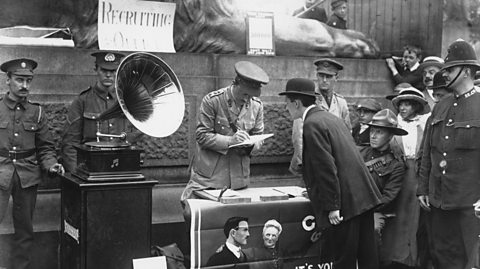When did World War One end?
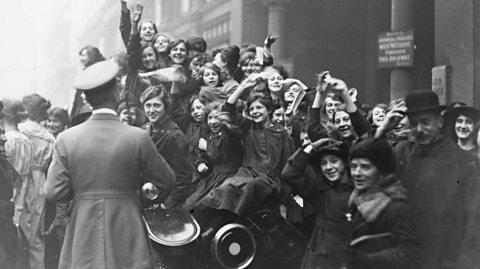
World War One ended at 11am on 11 November, 1918.
- This became known as Armistice Day.
- Germany signed an armistice (a peace agreement) and all the soldiers stopped fighting.

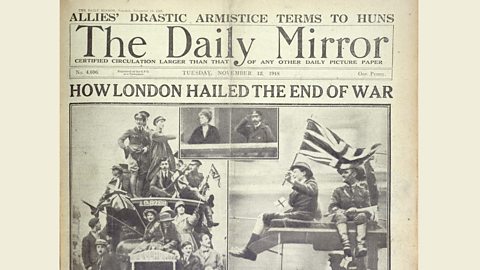
Why did Germany lose?
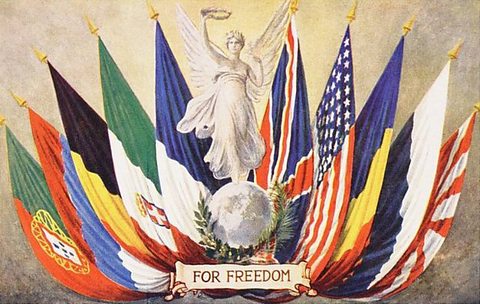
- In 1917 the United States joined the war against Germany.
- Britain and France attacked Germany back in March 1918.
- The German Navy were complaining about their working conditions.
- Germany and its allies realised it was no longer possible to win the war.
- The leaders of the German army told the government to stop.
- Kaiser Wilhelm, Germany's ruler, stepped down on 9 November 1918.

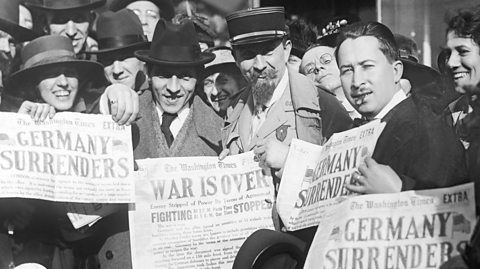
What was the Treaty of Versailles?
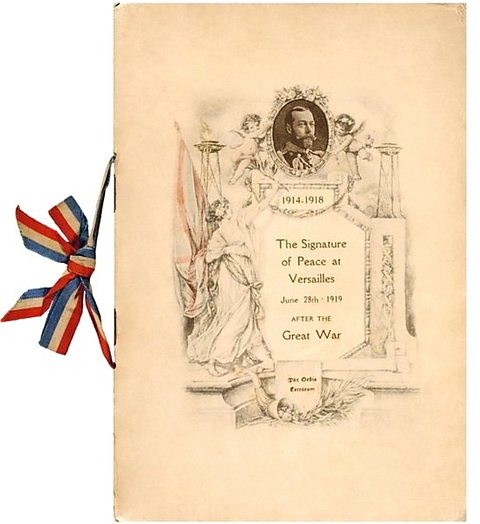
The leaders of the USA, Great Britain and France met in Versailles in France.
They wrote a plan for peace called the Treaty of Versailles. Germany was shocked by it because:
- They had to accept blame for starting the war.
- Some places Germany used to own, like Alsace-Lorraine, were taken from them.
- They weren't allowed to have an army of more than 100,000 men. They were also banned from having any submarines or an air force.
People in Germany were angry. The country had to pay 132 billion gold marks (their currency before the Euro) to repair the damages of war. They became poor because of this.

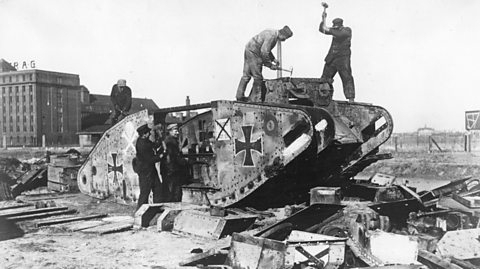
What happened to soldiers after the war?
Many men who fought in the war still suffered from shell shock (a mental illness) or were disabled.
Back in Britain, training centres were set up to support ex-servicemen and retrain them in new jobs, such as shoe menders, electricians and jewellers.

Activities
Activity 1: Quiz â How did World War One end?
Activity 2: History Explorer game
Play this game to test your knowledge and learn even more facts about World War One.
History Explorer: Secrets through time
History Explorer: Secrets through time: KS2 History

Bitesize Primary games. gameBitesize Primary games
Play fun and educational primary games in science, maths, English, history, geography, art, computing and modern languages.

More on World War One
Find out more by working through a topic
- count43 of 43
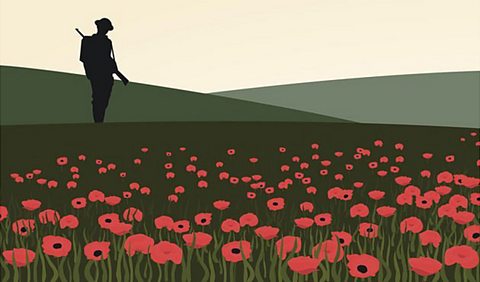
- count1 of 43
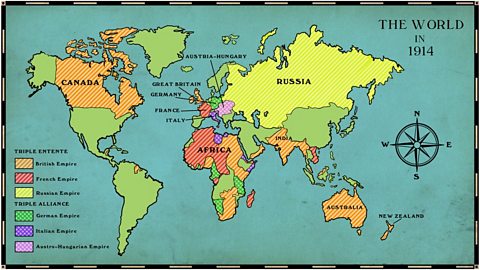
- count3 of 43
